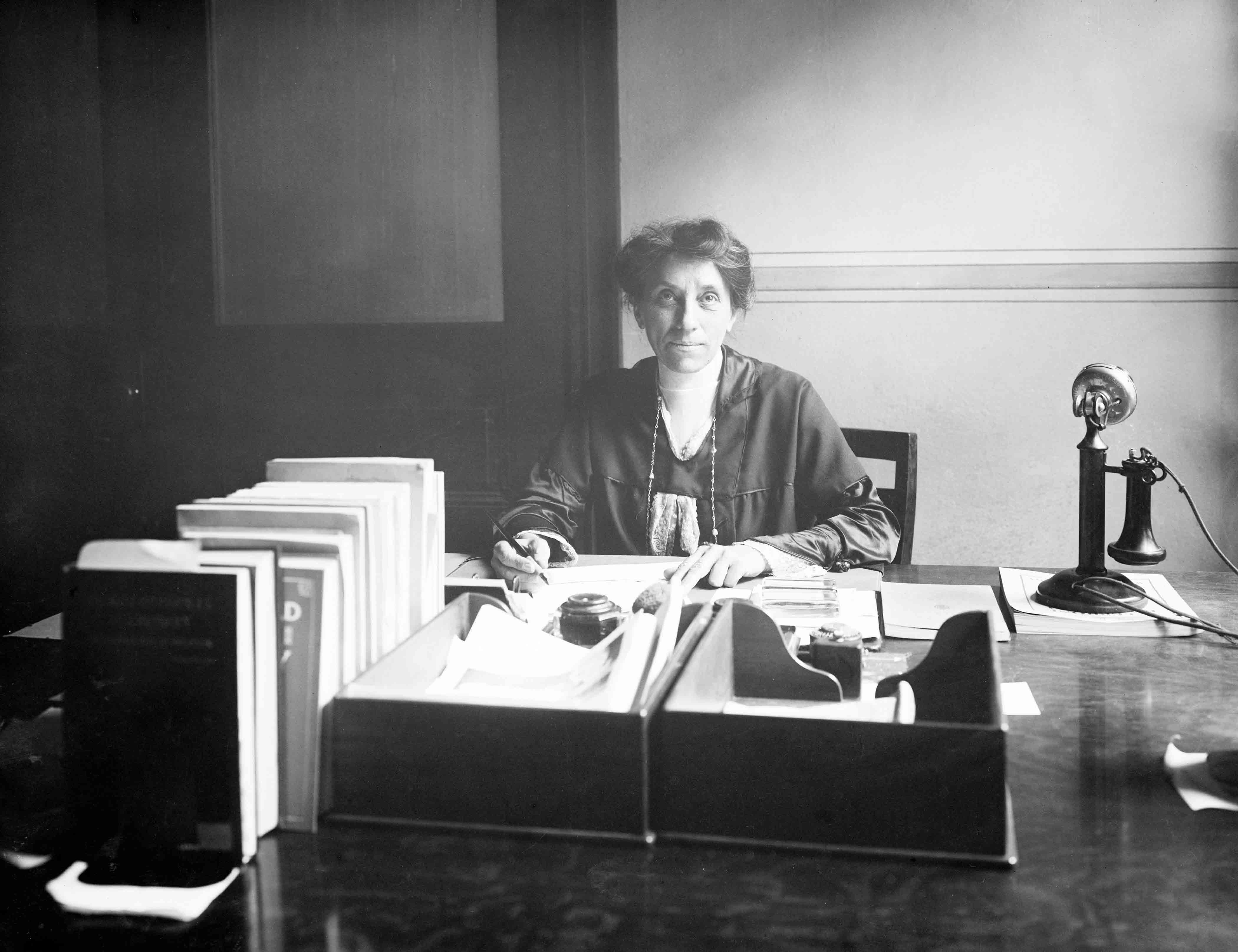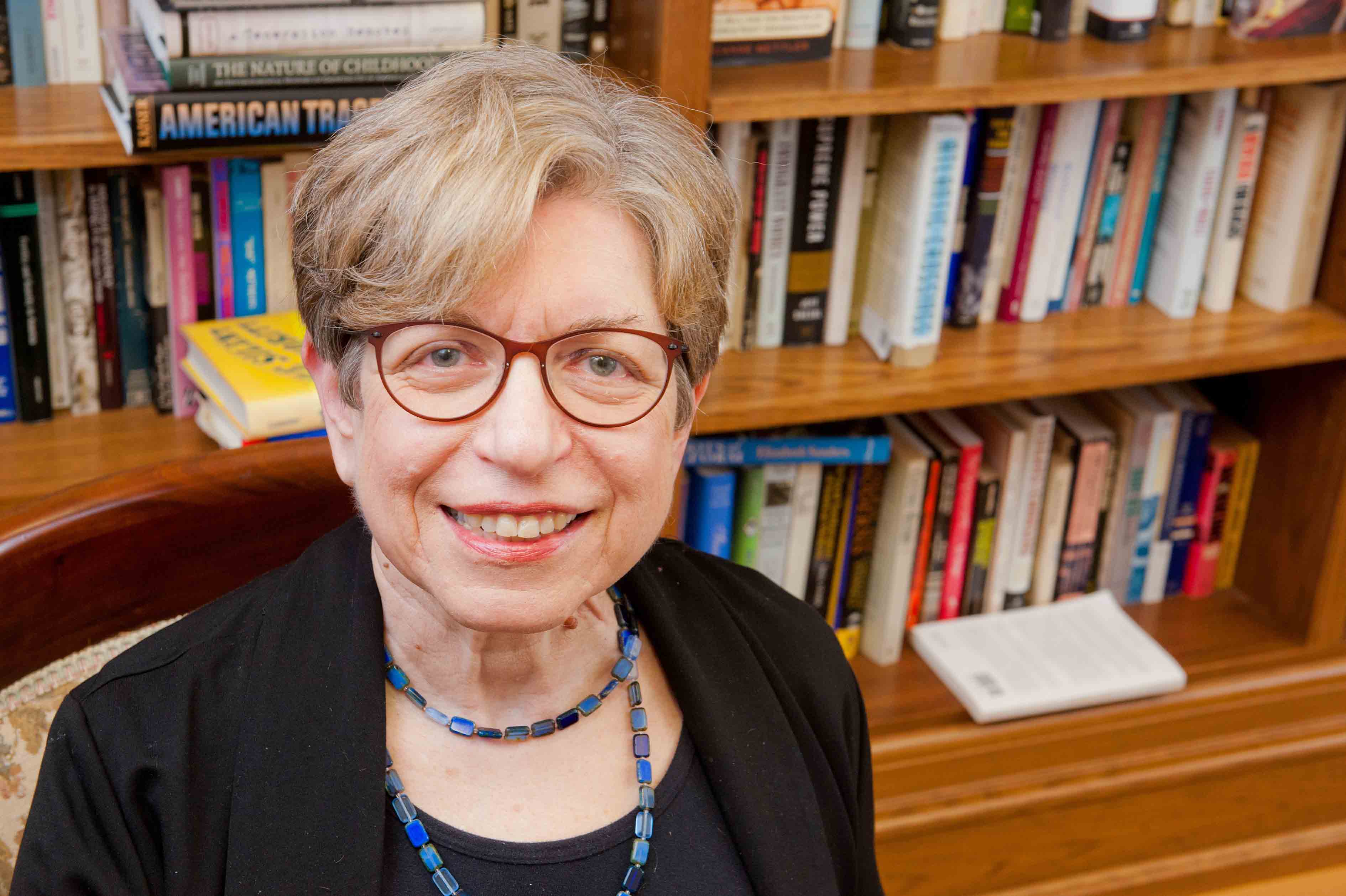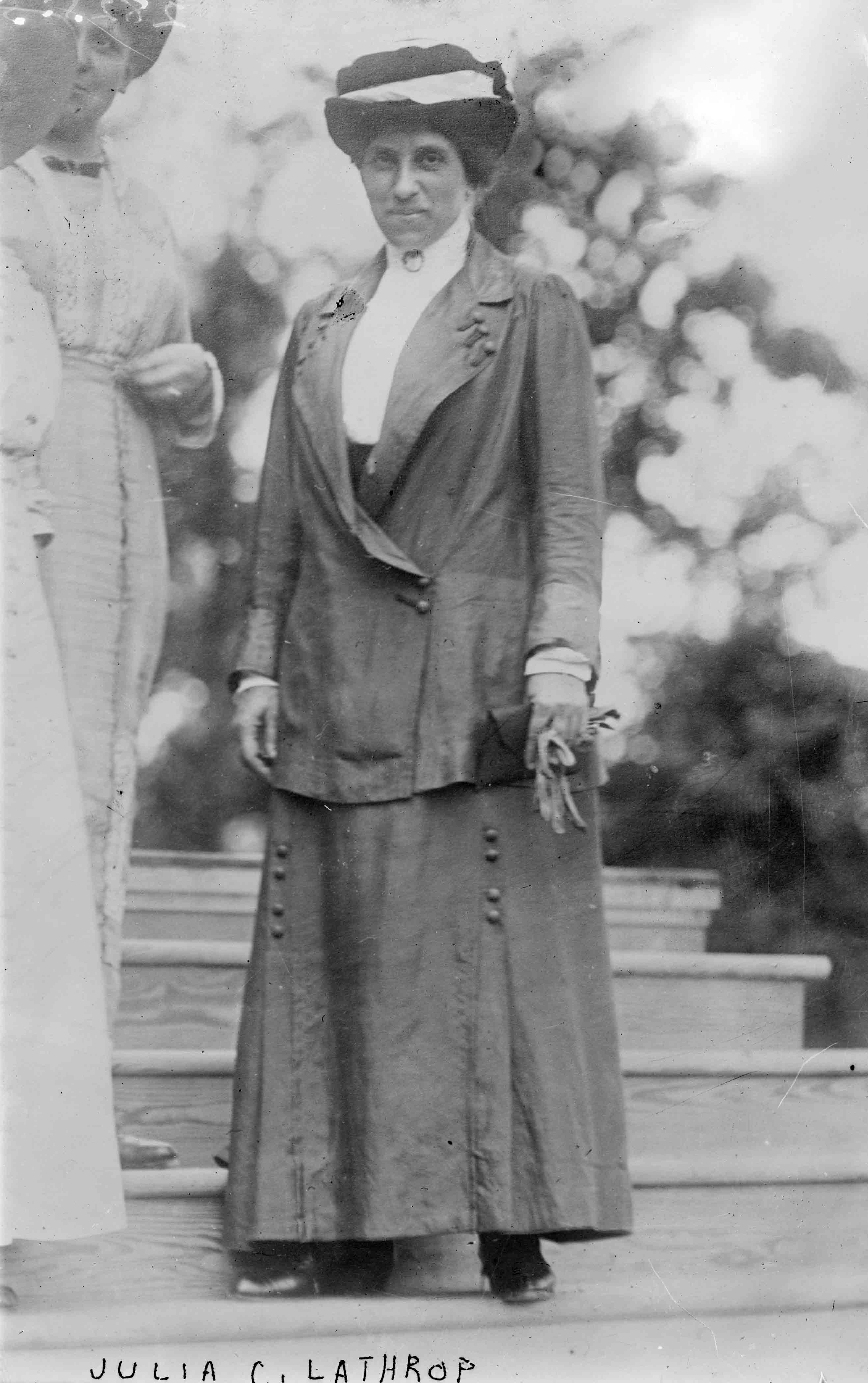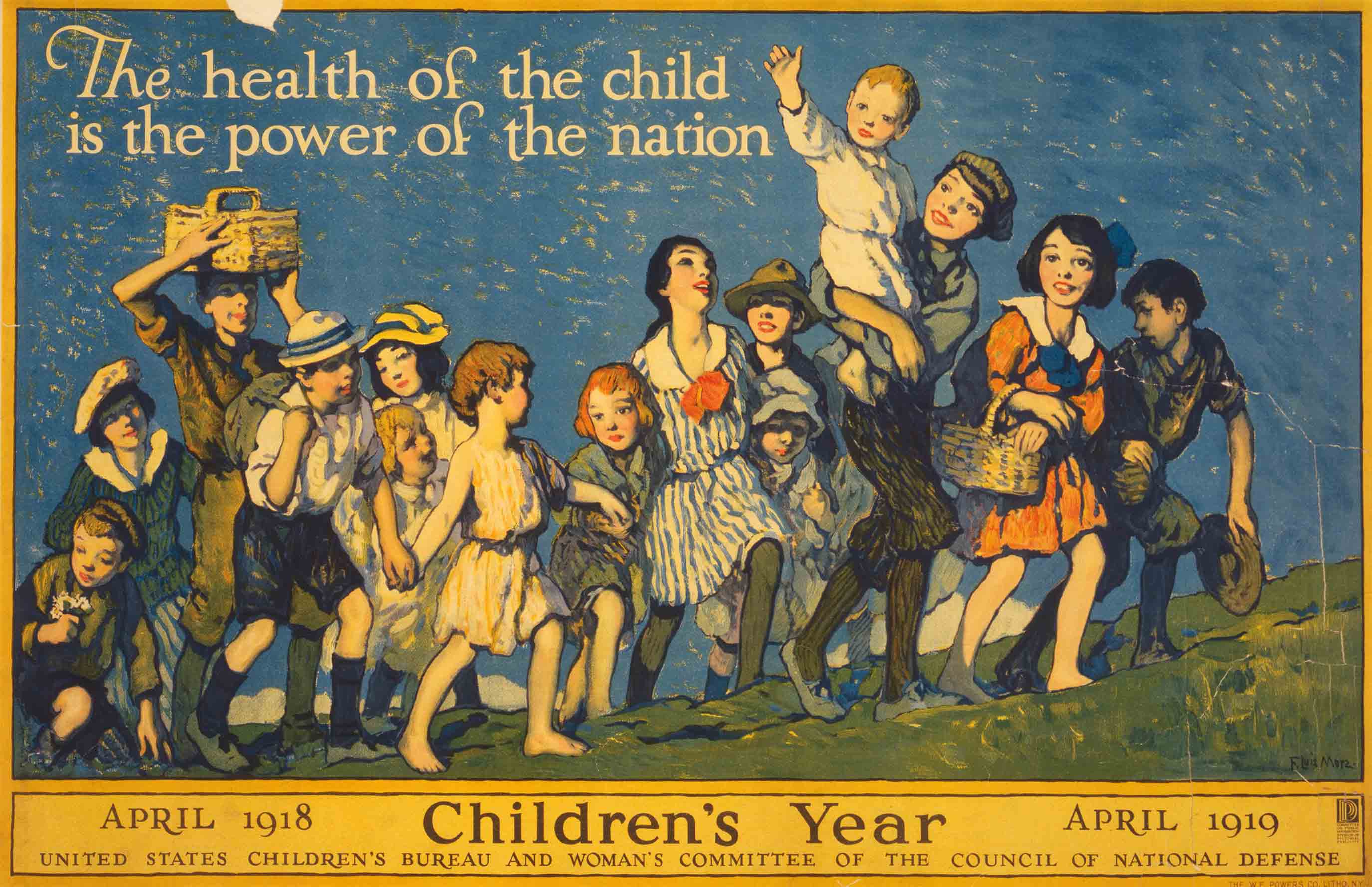Julia Lathrop, VC 1880Children’s Champion
Julia Lathrop, VC 1880Children’s Champion
Unfortunately, Julia C. Lathrop, Vassar class of 1880, appears rather severe—dour, in fact—in most of the photos we have. Yet, according to Miriam Cohen, Professor of History at Vassar and the author of a new biography on Lathrop, she was actually known for her wit and for her attention to her appearance.

“She really was very witty,” says Cohen. “You can see it in her letters. And she was very well put together. She really liked clothes. She wasn’t a cook or a housekeeper, but she cared about clothes and fashion.”
That isn’t why we remember her today, of course, but knowing it does make that intense gaze seem a little less formidable. “Lathrop and her friends—people like Jane Addams and Ellen Gates Starr—were often characterized by their detractors as dour, humorless reformers, women who didn’t have their own families so they meddled in other people’s lives, and it’s important to realize that they did have lives. Lathrop had a very rich life, full of family and friends,” says Cohen.

Part of a series edited by historian Carol Berkin called “The Lives of American Women,” Cohen’s biography Julia Lathrop: Social Service and Progressive Government focuses on the aspects of Lathrop’s life that make her a pivotal figure in the Progressive Era. Her early life was not particularly out of the ordinary, although just the fact that she earned a college degree put her among a small minority of women. Born and raised in Rockford, IL, she first attended Rockford Female Seminary and then transferred to Vassar where she took a rigorous set of courses that included German, Latin, ancient history, botany, zoology, composition, and philosophy. After she graduated in 1880, she did what respectable, educated, unmarried women did at that time: she returned home. She helped with the rearing of her younger siblings, worked in her father’s law office, and studied law. She passed the bar, but didn’t particularly want to be a lawyer. Nor did she want to be a teacher, though she loved children.
Ten years passed.
In 1890, Jane Addams, an alumna of Rockford Female Seminary, came to Rockford to give a talk about her new enterprise, Hull House—a settlement house in Chicago, modeled after a similar project she’d visited in London, to work toward a more egalitarian society by serving the poor immigrants in Chicago’s slums.

Lathrop heeded the call. “Her father, who promoted women’s suffrage and stood behind her going to Vassar, was a little bit nervous about that,” says Cohen, “but he allowed her to go. So she became part of that group of women who carved out a kind of alternative lifestyle from the one that society expected of them.”
During her two decades at Hull House, Lathrop found her principal calling—to address the appalling living conditions of the working poor, and particularly the needs of immigrant children growing up in the abysmal tenements in Chicago’s 19th Ward. “Lathrop was an early pioneer in tackling social issues by doing hard research,” says Cohen. “She did research on the living conditions in the immigrant neighborhoods and on the Chicago charities that were supposed to be helping the poor. Her investigation was published in Hull House Maps and Papers, which is now considered a major work in the history of American social science.”
Lathrop’s research got the attention of the governor of Illinois who appointed her to the State Board of Charities in 1892. She traveled all over the state, visiting poor houses, orphanages, hospitals, and prisons, using her position as a platform to bring public attention to the deplorable conditions and mistreatment of the people confined to those institutions. At the time, children as young as seven were tried as adults in criminal cases and, if convicted, subject to imprisonment or even death. Lathrop was instrumental in the founding of the first juvenile court in the U.S. to protect neglected children and rehabilitate “delinquent” children. She also called for the removal of the mentally ill from the state’s poor houses, the appointment of women doctors in the hospitals, and the professional training of social workers.
“Because of her experience, skill, and belief in the connection between research and government action, Lathrop was the logical choice to head the Children’s Bureau when it was established by Congress in 1912,” says Cohen. “She was touted at the time as ‘America’s First Official Mother,’ but she was a professional. Armed with the latest research on infant and child care practices, she launched a public education campaign to improve prenatal care and childcare. Before long, the Children’s Bureau was seen as the leading expert on children and child welfare, and women from across the country were writing to the bureau for advice, as many as 125,000 letters a year.”
“This is our opportunity to keep up and keep on with our eyes wider open, and our minds better informed, and our courage stouter. We shall keep on.”
The initial appropriation for the agency was a paltry $26,000, and many in Congress were skeptical about what they viewed as government meddling in family matters. But Lathrop’s disciplined approach of using research to guide policy-making served to solidify the reputation of the agency and to set a high standard for social service professionals.
Under Lathrop’s leadership, the bureau made enormous strides in reducing infant mortality, providing medical and nursing care to mothers and infants, and establishing professional standards for social work.
“She didn’t always succeed,” says Cohen. “The defeat of national child labor legislation was a bitter one, not just for her, but for the Progressive movement. But she didn’t give up. In a speech to the League of Women Voters after the child labor amendment failed, she told her audience, ‘This is our opportunity to keep up and keep on with our eyes wider open, and our minds better informed, and our courage stouter. We shall keep on.’ That’s a message that hopefully resonates with progressives today.”
